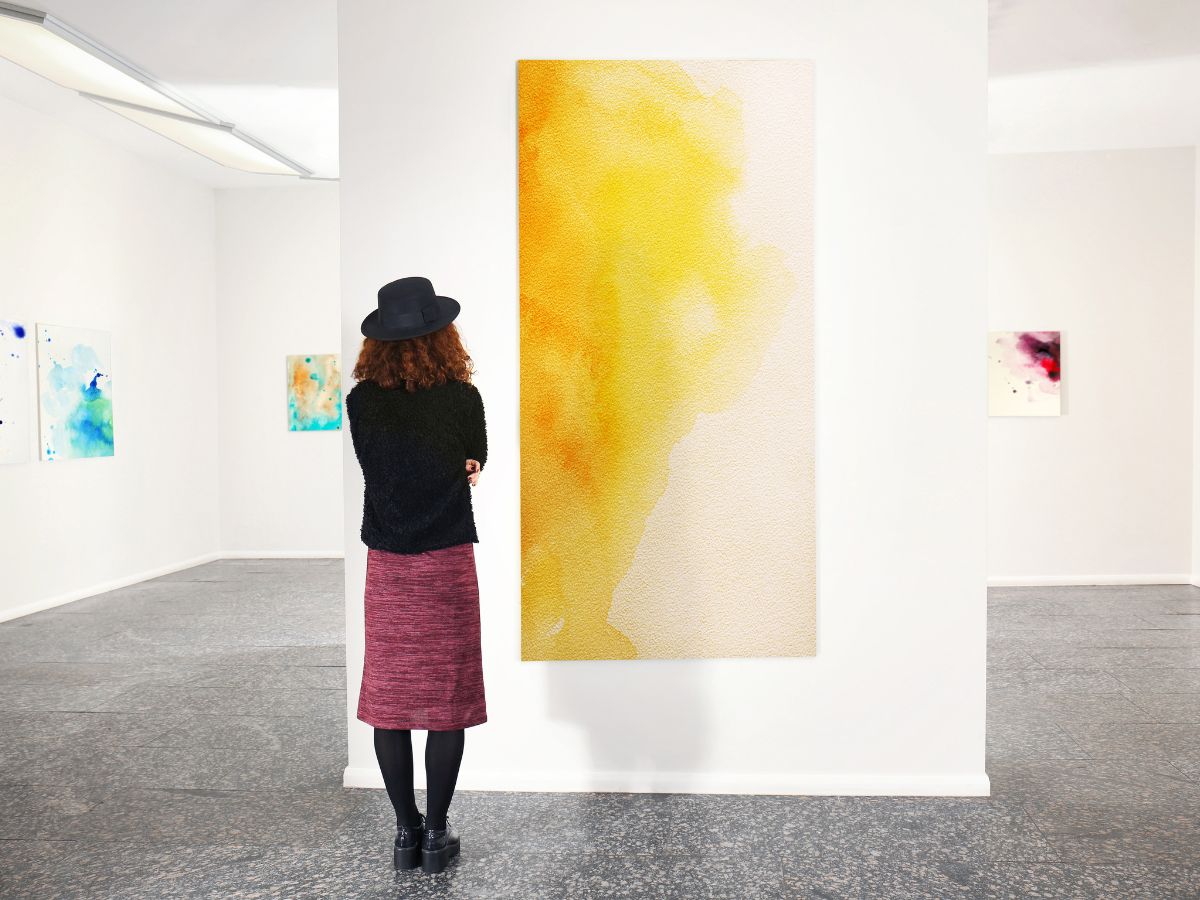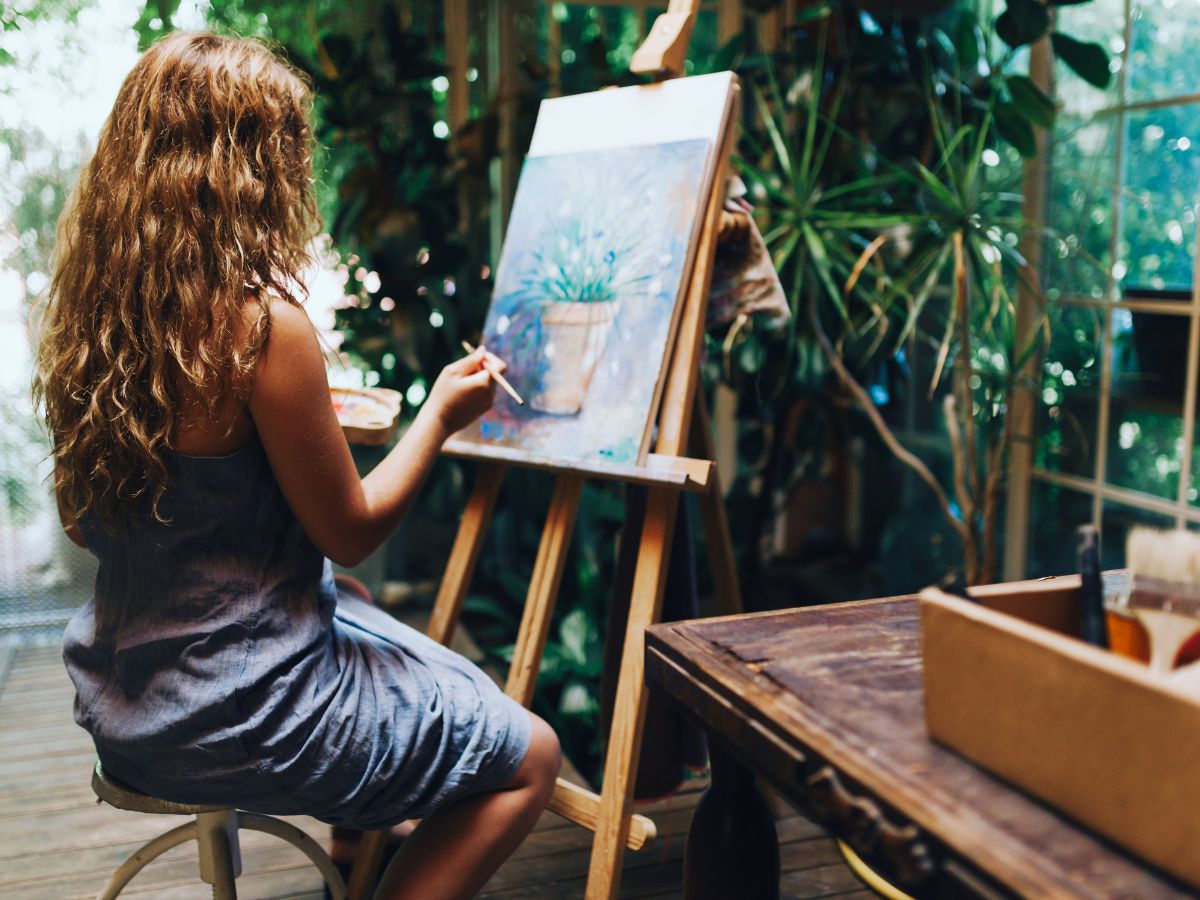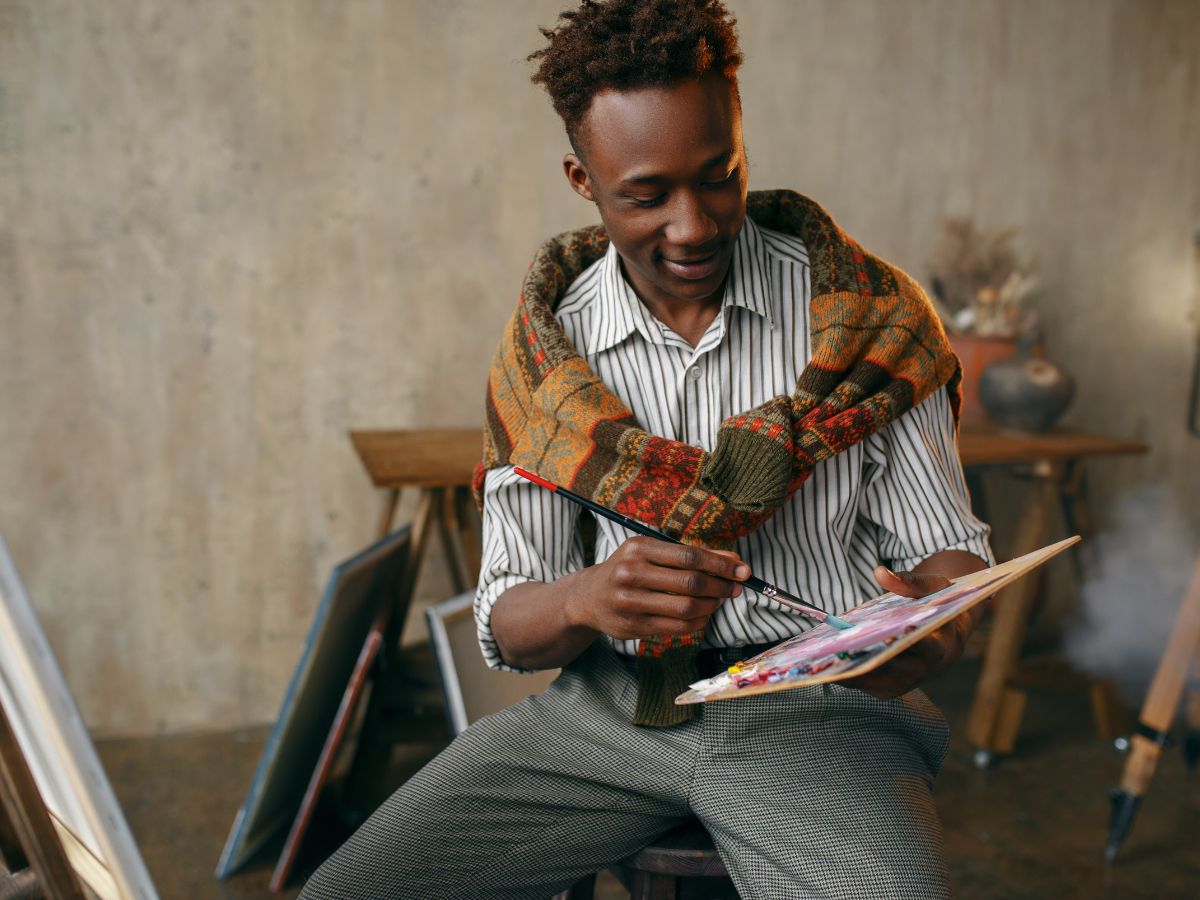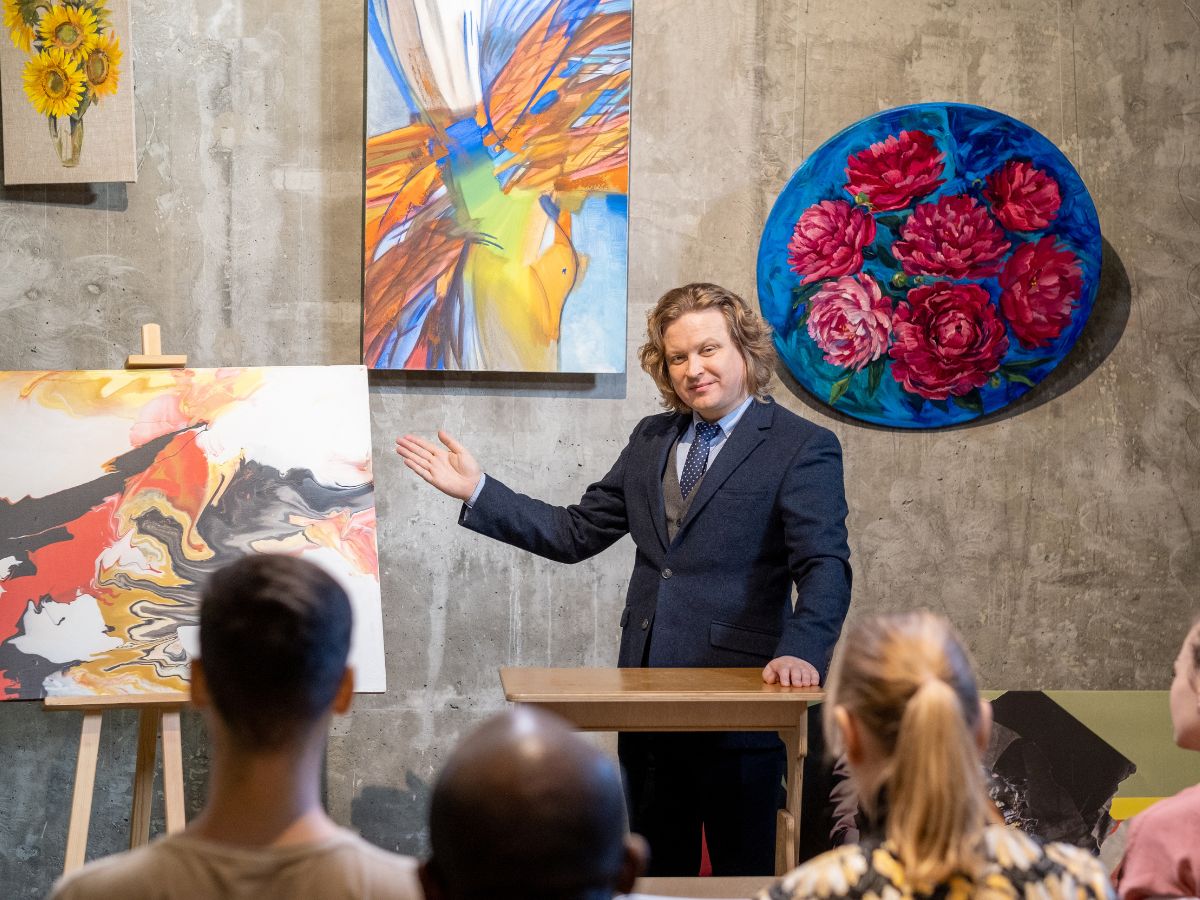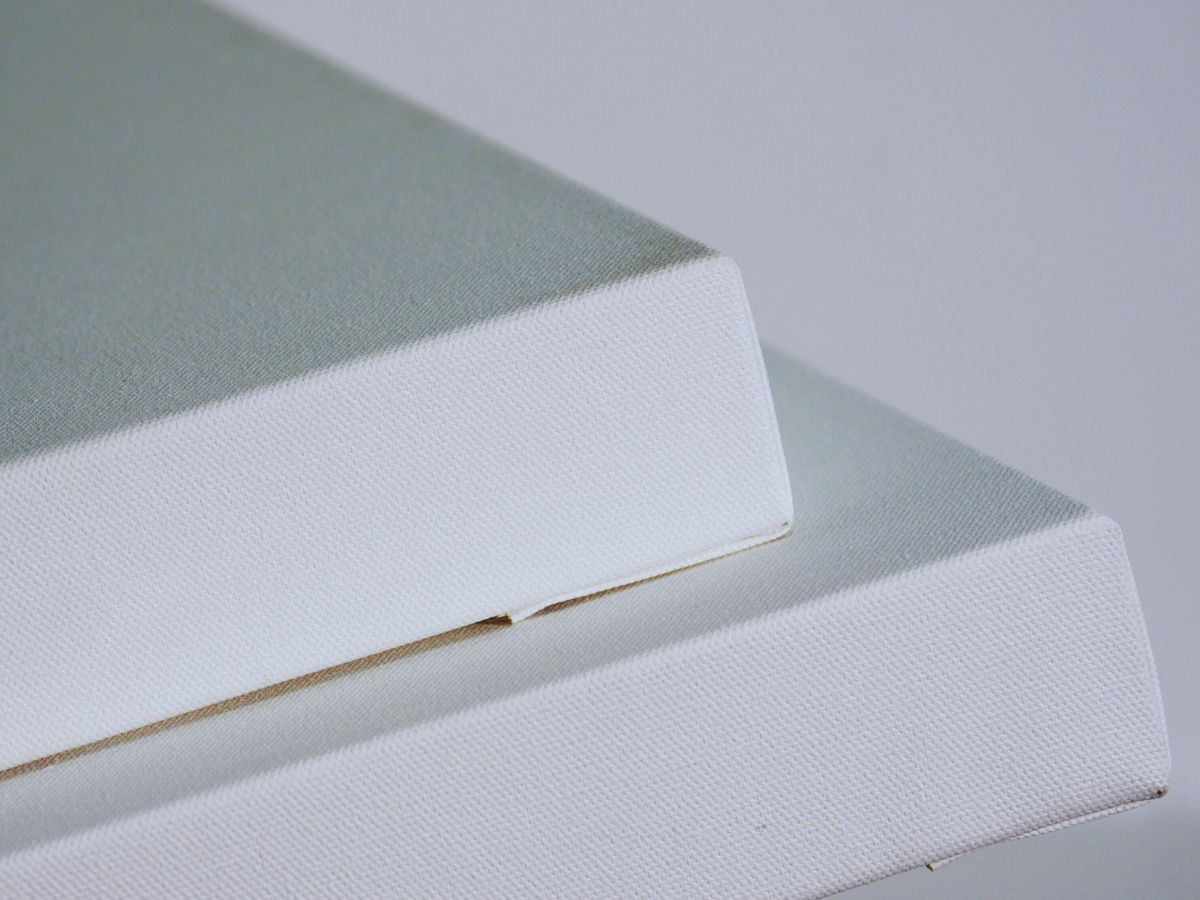
Effective Strategies to Promote Your Art Studio: Boost Visibility and Sales
Promoting an art studio in today’s competitive market requires a blend of digital savvy and local engagement. Whether you’re an emerging artist or have an established studio, leveraging both online and offline strategies is key to expanding your reach and increasing sales. Here’s how you can effectively promote your art studio.


